Table of Contents

Right now we are seeing a proliferation of people using AI in interior design to create stunning visuals. They are all over the internet and social media channels and it seems possible to create images pulled straight from your imagination. If you can think it, AI can create it. The tech advancements in AI are happening at pace and it is leading to extremely polarizing debates around the ethics of AI and its use. However, Artificial Intelligence is incredibly powerful and when used correctly there are a number of ways that it can elevate your interior design business, making it more efficient and competitive as well as helping you to provide a better service for your customers.
Image creation using AI tools such as Mid-journey is just one aspect of AI in interior design. There are many other ways interior designers can harness the power of artificial intelligence to give their business a competitive edge. Let’s look at the various ways you can use AI in interior design today.
1. Branding and Marketing Strategy
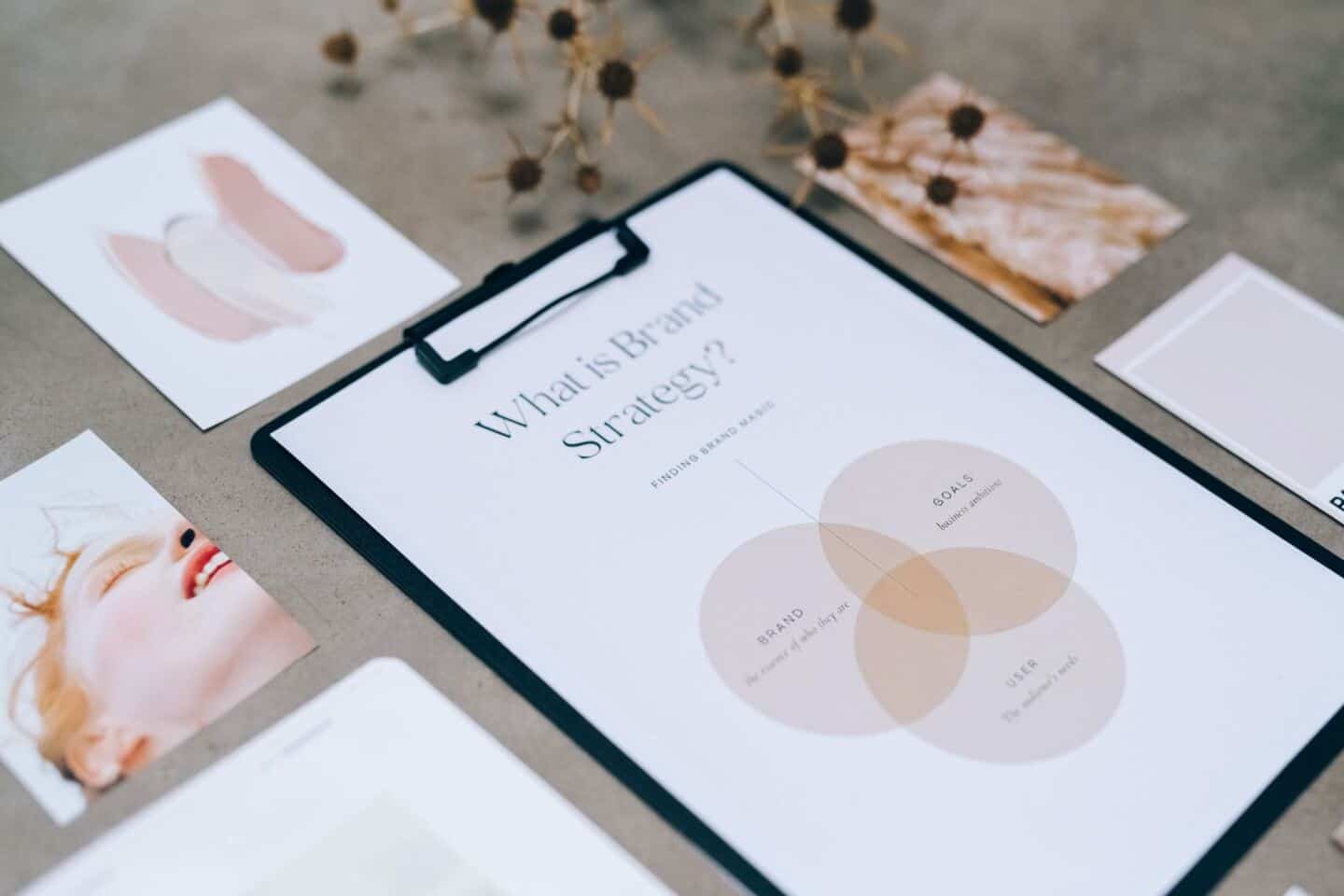
The first challenge you will face as an interior designer is getting yourself out there in front of your ideal clients. Creating a strong brand and building brand awareness is crucial if you are to attract potential customers and convert them into paying clients. However, marketing doesn’t come naturally to everyone and it can be difficult to come up with a marketing strategy if you have no experience of this.
One way to use AI in interior design is to get it to help you build your brand foundations and market your business. It can help you work out what your mission, vision and purpose is, in a way that makes it easier to sell. You can use it to research your ideal client so that you are better able to connect with them in your marketing. It can help you work out which platforms would be best suited for marketing your business. It can help you develop content ideas for newsletters, Instagram posts or thought leadership pieces.
You can even use tools like ChatGPT or Bard to come up with a year-long marketing strategy for your business broken down by month or even week, giving you a detailed list of everything you should focus on to increase your brand awareness with your ideal clients and take them further down that path to purchase.
There are also a variety of AI-powered marketing tools that you can use to help you streamline your marketing activities. By doing a little research on how to use AI in interior design you will quickly realise how much easier your marketing activities could be.
2. Spacial Planning and Layout Optimization
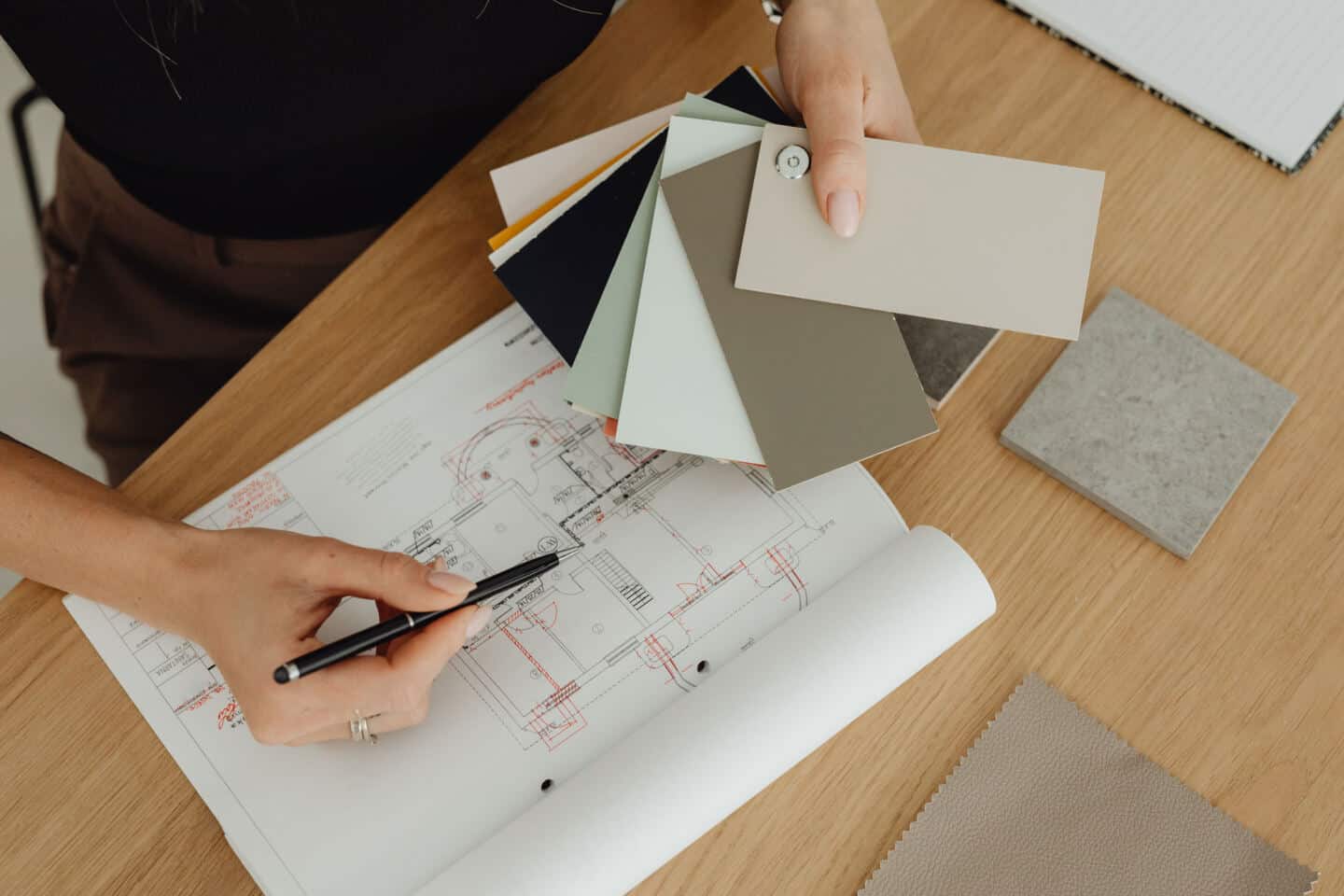
Planning the layout of a room to ensure the best use of the space is an integral part of the interior design process and one that can be quite time-consuming. Making sure that the layout is optimised will help you to guarantee the success of the project.
AI algorithms can be used to analyse spatial configurations and user preferences to generate optimised room layouts on your behalf giving you alternative options and saving you time. By considering factors like furniture placement, traffic flow, and aesthetic appeal, AI can streamline the space planning process, ensuring both functionality and style.
3. Personalized Design Recommendations
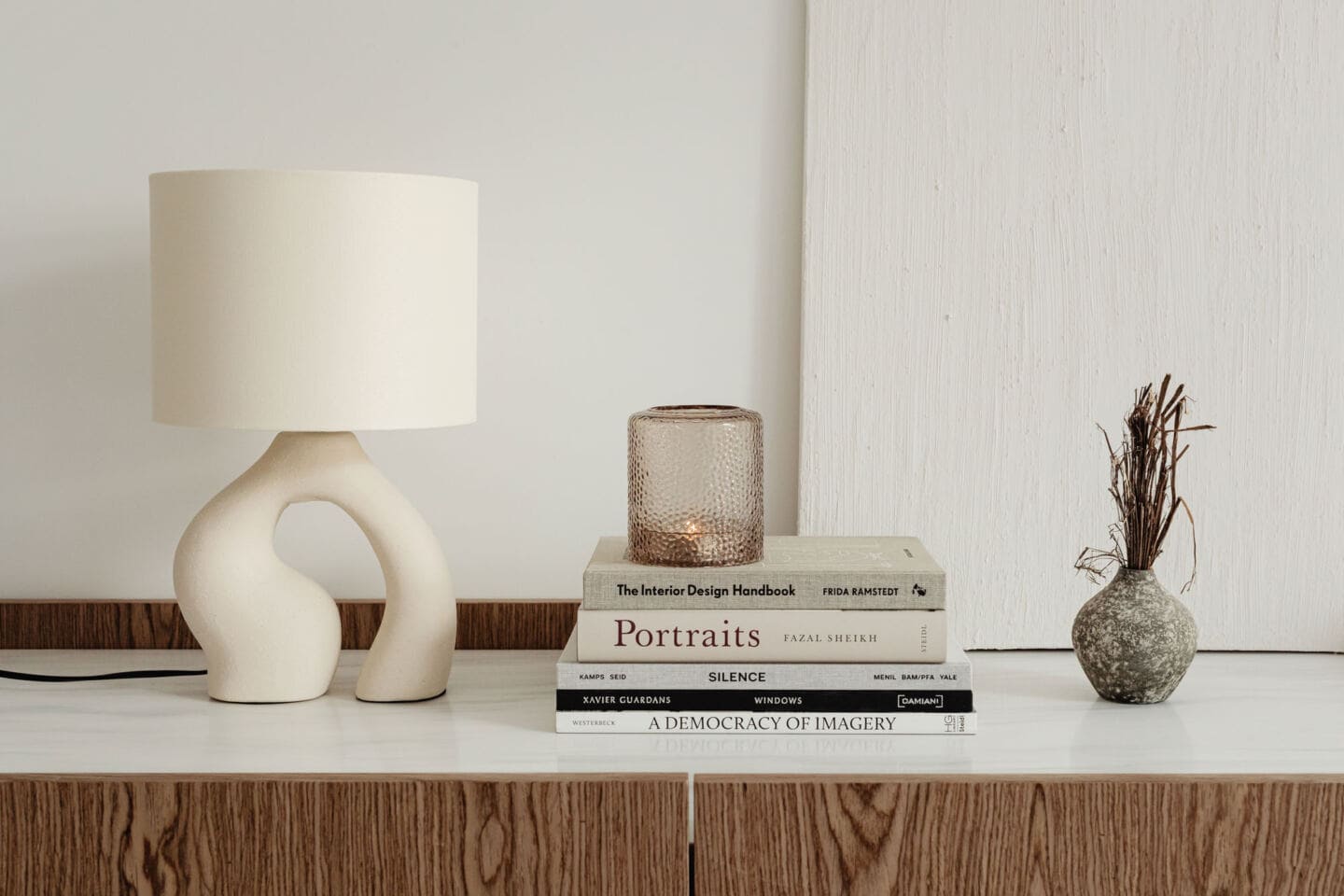
One of the big trends that we are seeing in 2024 across multiple industries is the consumer desire for more personalised products, services and experiences. We want things that are more tailored to our own personal preferences. This is where AI in interior design is helpful.
AI-driven recommendation engines can analyse client preferences, style trends, and past design choices to suggest personalised design elements. These might be suggestions for a colour scheme, furniture pieces, or decor items. AI can therefore help designers to tailor their recommendations to individual client tastes.
4.Virtual Reality (VR) and Augmented Reality (AR) Visualization
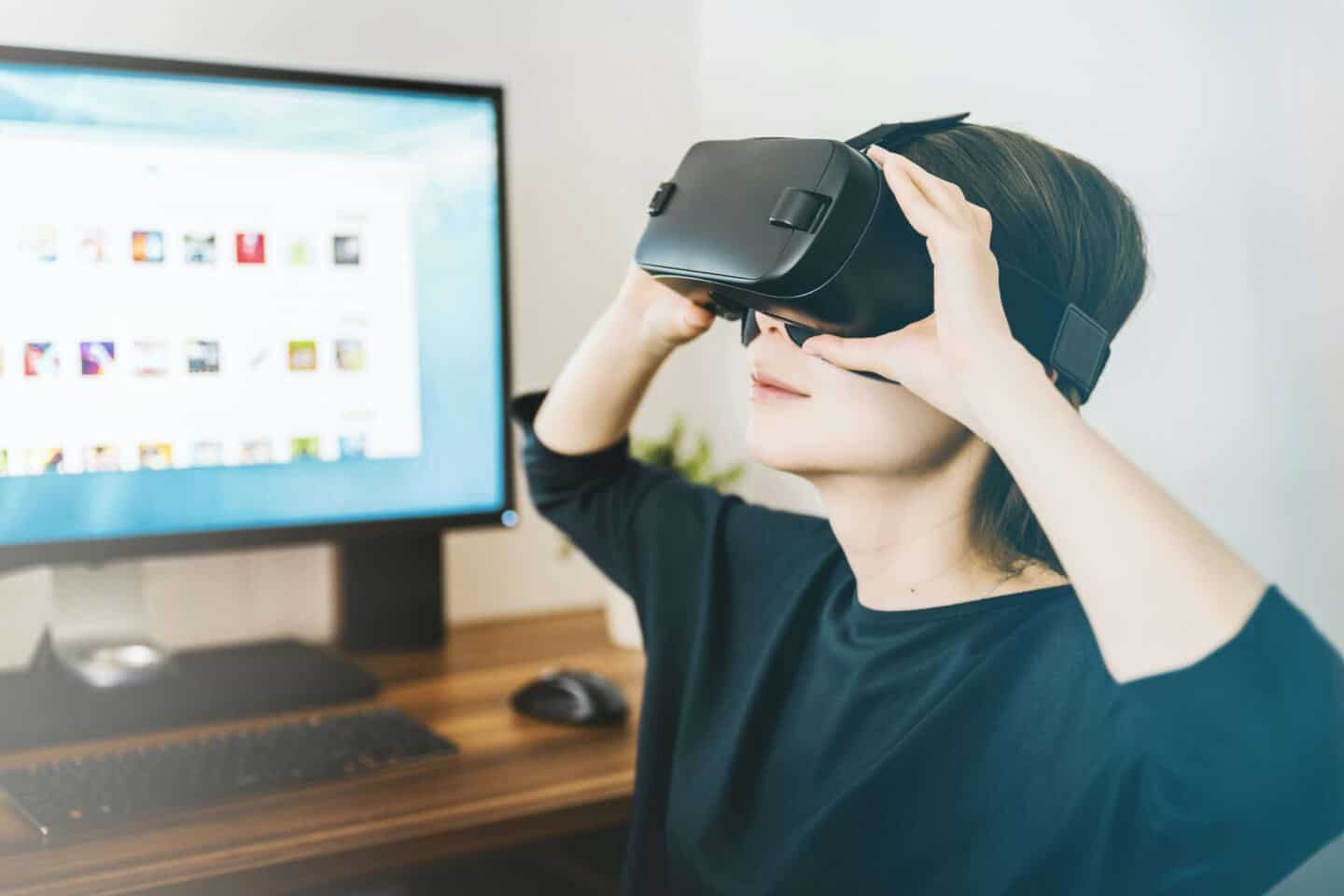
One of the biggest challenges that interior designers may face is convincing the clients of their vision for the space. It can be extremely difficult to convey a design to a client without using really convincing visuals so that they can understand your vision and all the benefits of the design that they have drawn up.
AI-powered VR and AR tools enable designers to create immersive, lifelike previews of their designs. Clients can virtually walk through their redesigned spaces, making it easier for designers to convey their vision and for clients to provide feedback before any physical changes take place.
5. Material and Product Selection
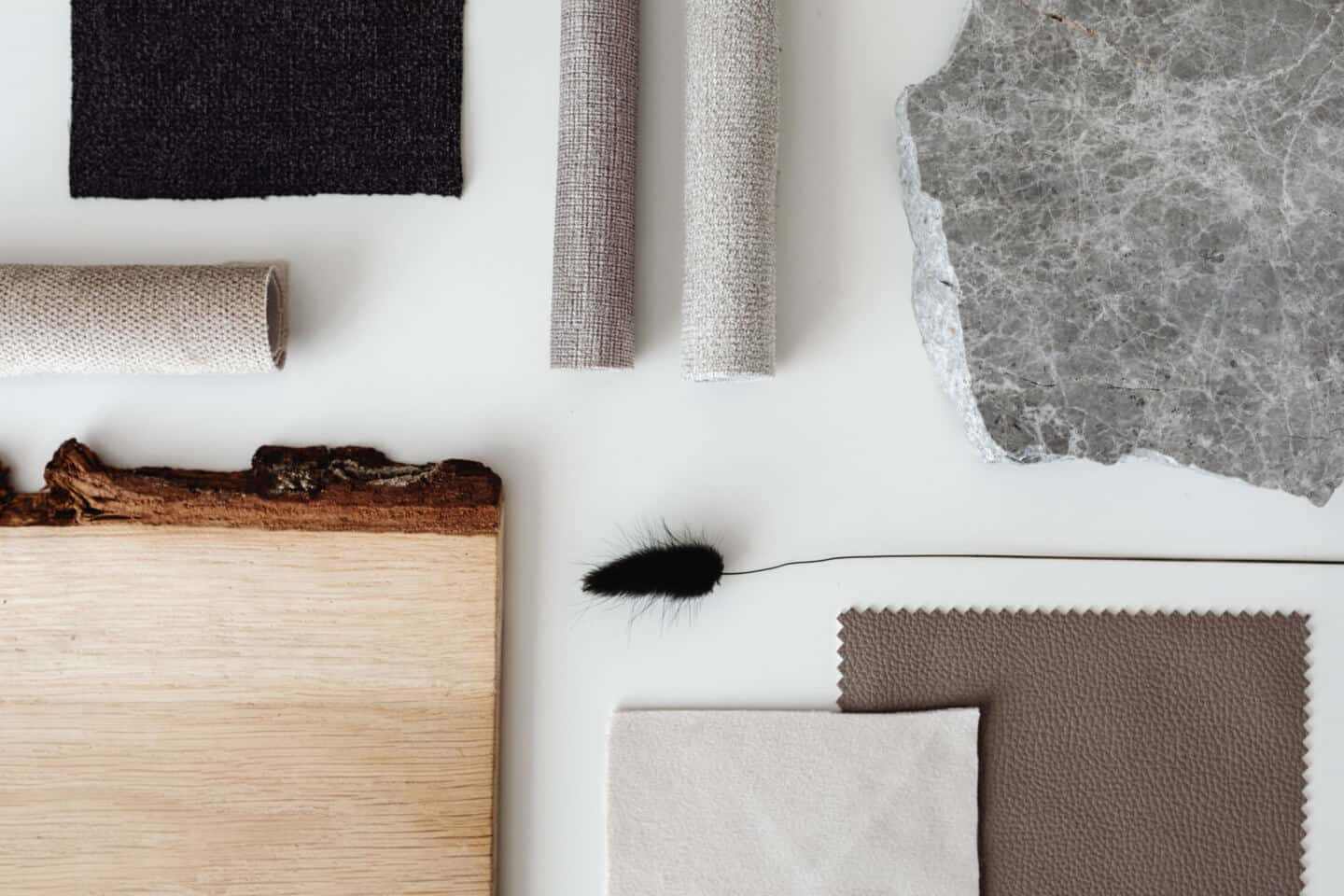
A lot of time goes into sourcing interior design materials and products for each project. Extensive research needs to be done to ensure that the right materials and products are chosen for the job and this is not always easy.
AI algorithms can assist designers in selecting materials and products by considering factors such as budget, sustainability preferences, and style compatibility. By analysing vast databases of available options, AI can provide curated selections that align with the project’s requirements.
6. Project Management and Workflow Optimization

The logistics of an interior design project can become quite complicated depending on how many contractors, tradesmen and suppliers are involved. It is not always an easy job to keep on top of schedules and budgets and make sure everything runs smoothly.
However, AI-enhanced project management tools can streamline the workflow for interior designers ensuring a more successful home renovation project. These tools can automate routine tasks, manage schedules, and even predict potential project delays or budget overruns. This allows designers to focus more on the creative aspects of their work.
7. Energy-Efficient Design Solutions
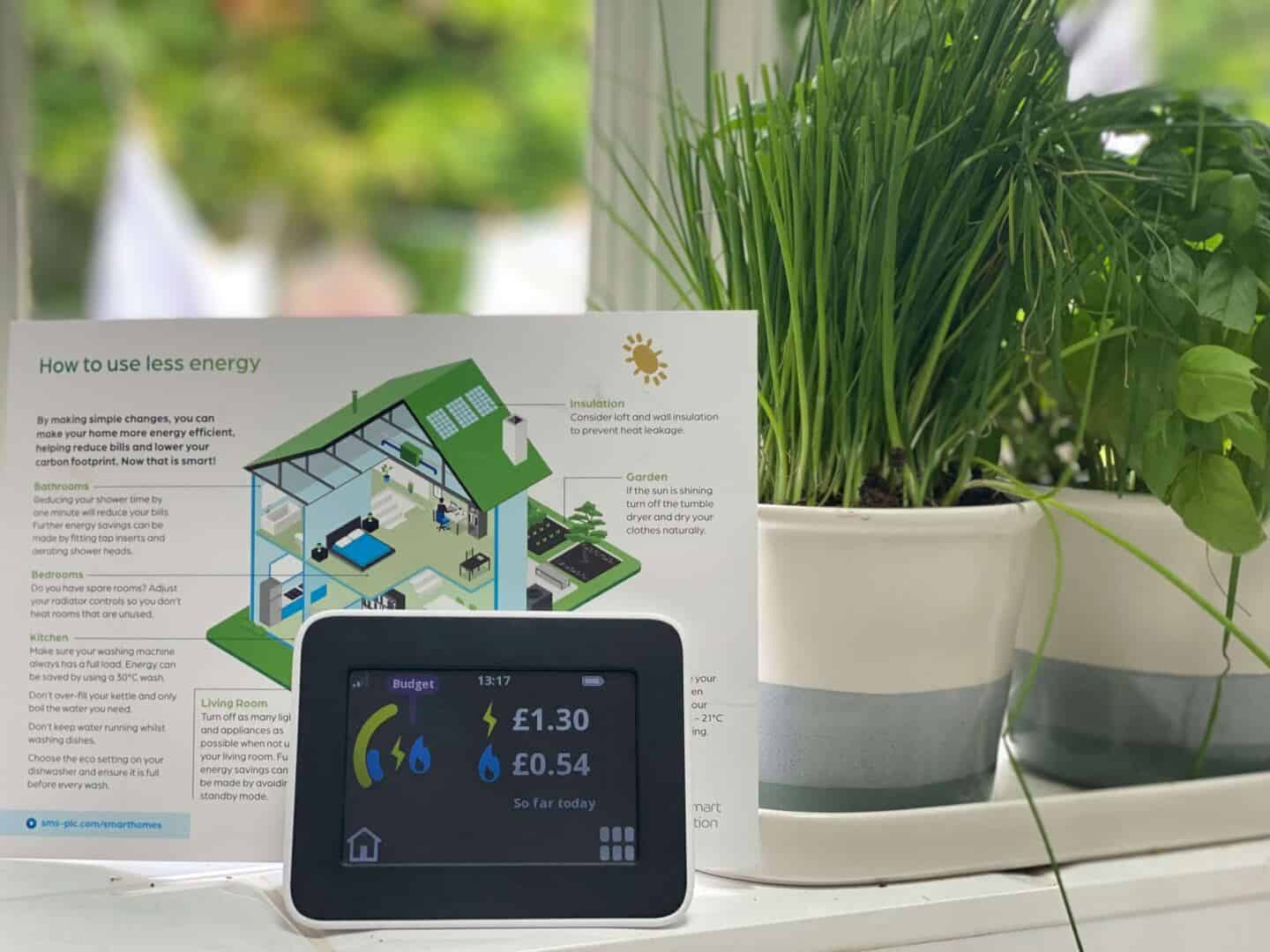
Sustainability and energy efficiency are no longer desirable benefits in interior design, they are mainstream customer demands. Consumers are becoming a lot more conscious when it comes to design decisions and want to design their homes with sustainability in mind. Eco-friendly home upgrades are often at the top of the priority list.
This is another way to use AI in interior design. AI can analyze factors such as maximising natural light at home, temperature variations, and local climate data to propose energy-efficient design solutions. This includes suggestions for window placements, insulation materials, and sustainable energy options, aligning designs with eco-friendly practices.
8. Market Trend Analysis
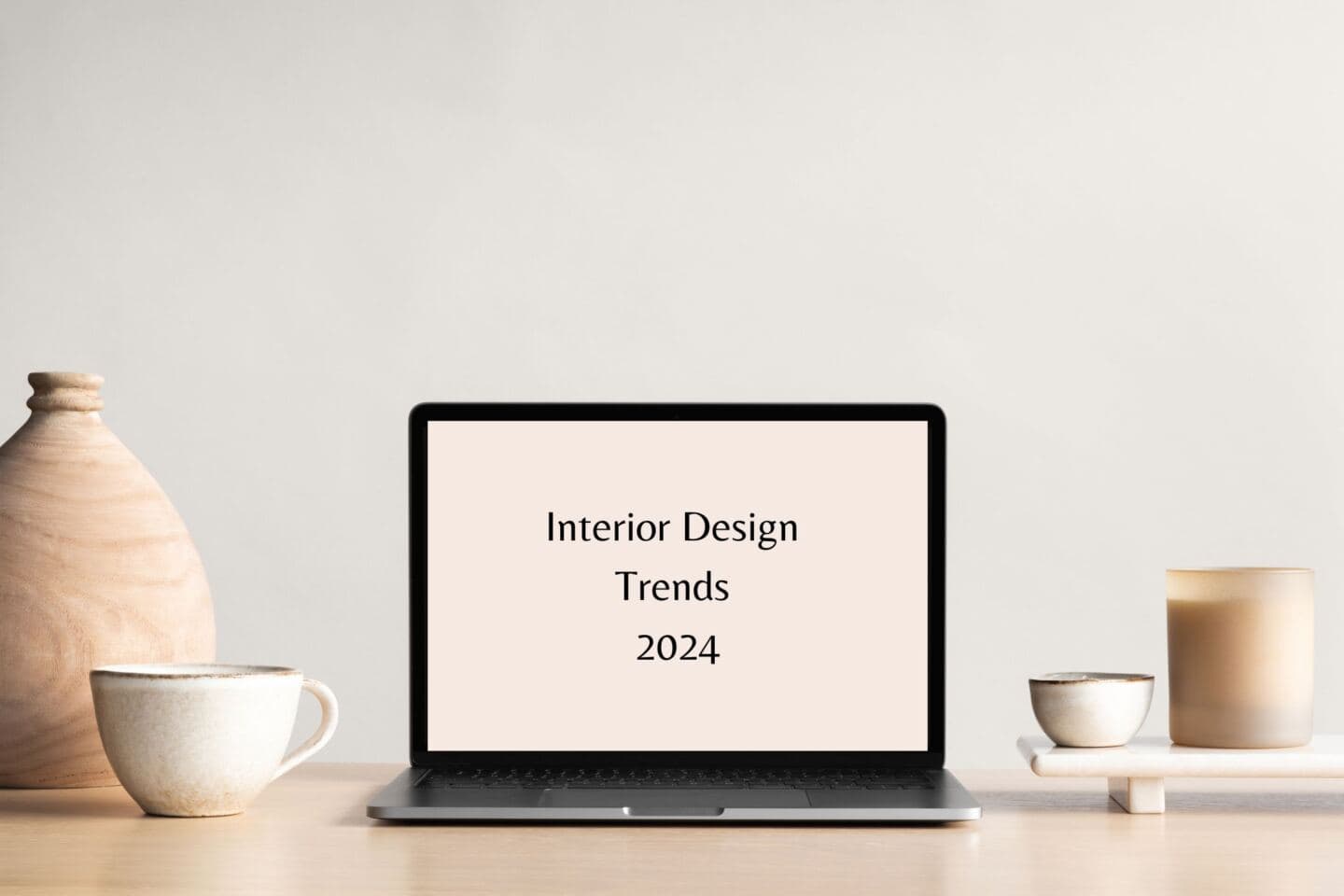
For interior designers who want to be at the top of their game, an in-depth knowledge of interior design trends is essential. Knowing where consumer preferences are going and being aware of the socio-economic and cultural factors that are driving design trends is paramount.
AI algorithms can continuously monitor and analyse design trends, both globally and locally. By staying updated on emerging styles, colour palettes, and decor preferences, interior designers can ensure their work remains contemporary and aligned with current market demands.
9. Client Communication Enhancement

Customer service is something that can really set your interior design business apart from the competition so it really is worth finding ways that you can make your customer’s journey more streamlined and personalised by being more reactive to their needs.
A great way to use AI in interior design when it comes to enhancing client communication is by using AI-powered chatbots and communication platforms to facilitate seamless interactions with clients. These tools can handle routine enquiries, appointment scheduling, and provide project updates, allowing designers to focus more on the creative aspects of their work.
10. Budgeting and Cost Estimation

Getting the numbers right can make a break a project. No client ever wants to compromise on the luxury home of their dreams simply because there was an overspend on one area which led to cutbacks on another.
Budgeting and cost estimation is another great use of AI in interior design. AI can assist in creating accurate project budgets by analysing historical cost data, current market prices, and project specifications. This ensures that designers can provide clients with realistic cost estimates, minimising the risk of budget overruns and financial surprises.
So there you have it. 10 ways to use AI in interior design. Integrating these AI-driven capabilities can not only enhance the efficiency of interior design projects but also contribute to delivering a more personalized and satisfying experience for your clients and allowing you to stay ahead in a dynamic and competitive industry. If you can think of any other ways to use AI in interior design, let me know in the comments below.
